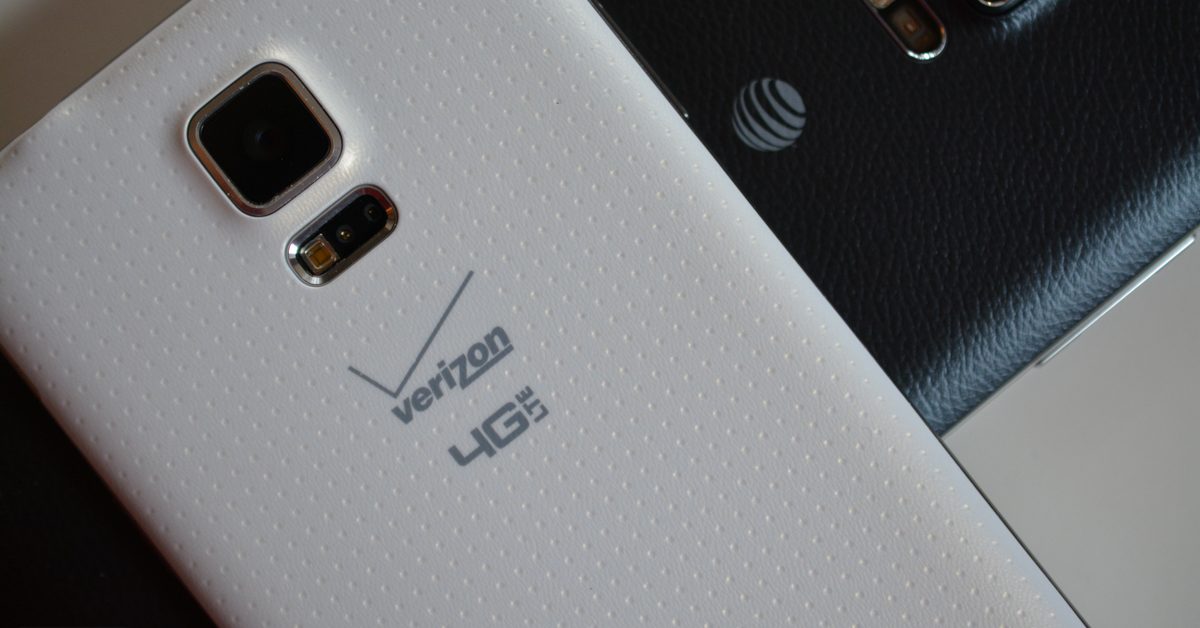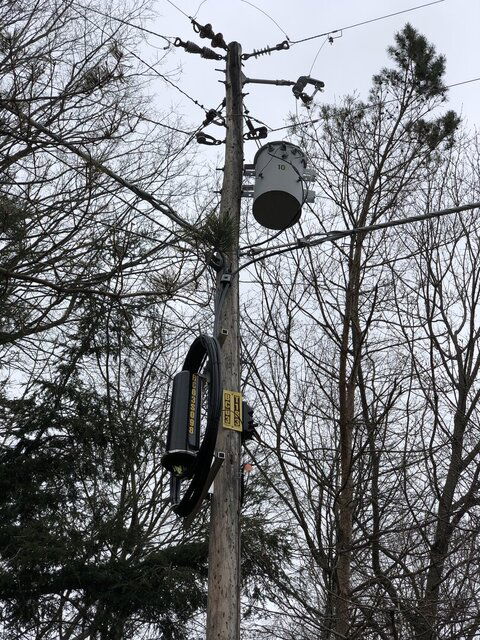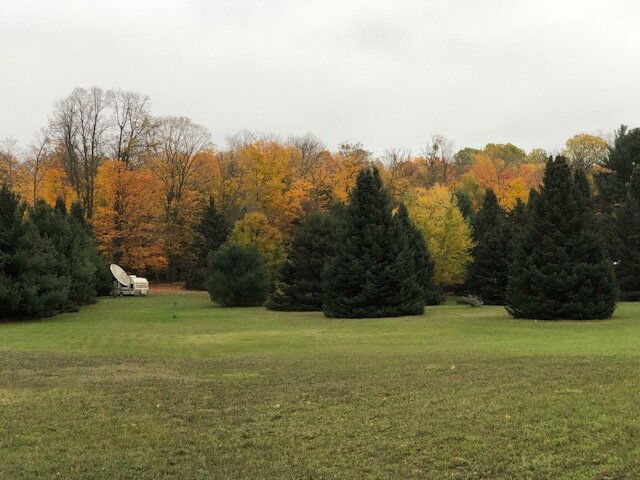I'm wondering if I am getting 5g interference. Over about the last month I am getting a lot of pixellation, and now it's even on very strong channels like NASA with 99% quality. It is the same anywhere on the arc (87W near the zenith to 133W). Severity varies here and there, but every week it gets worse overall. Only on C band, Ku is perfect.
Here's what I have done, with no change:
Peaked skew, dish position, checked dish adjustment.
Swapped cables to dish, other cables, voltage block couplers, LNB voltage outputs.
Swapped LNBs. (I have a spare identical LNB and I know they both work.)
Bypassed splitters and Diseqc switch.
It's not windy and the snow is gone. No storms rolling through. Nothing clogging the feedhorn.
I looked up 5G coverage in my area, and the only one listed is T Mobile. They have a prominent tower 5 miles up the road, but over hills and through woods. I live in the sticks on a 9 acre plot, where even ATT 4G LTE requires an antenna on my house. Also according to the link below, T Mobile 5G runs at 2.5 GHZ. And the tower is due north of me, my dish points south.

 www.droid-life.com
www.droid-life.com
So say that the other competition (ATT and Verizon) have put in 5G somewhere, according to the link they run at 3.7 GHZ. Both my LNBs are Echostar 0950, which run at 3.7-4.2 GHZ. So I'm not convinced that these budget LNBs I see that say 5G rated, and run at 3.7 to 4.2, will be any better.
I looked at all the channels I watch, and none are lower than 3.9 GHZ. I don't want an LNBF, I want to keep my setup that has C and Ku in the same feedhorn. So I am thinking the best thing would be a Norsat BPF-5 inline filter or LNB.
Very pricey. I don't mind so much if it's a one time purchase that will solve the problem and last awhile. But I would hate to spend the money only to find that the problem still exists. Is there any way to really determine that 5G is causing the issue? Or any other ideas?
Here's what I have done, with no change:
Peaked skew, dish position, checked dish adjustment.
Swapped cables to dish, other cables, voltage block couplers, LNB voltage outputs.
Swapped LNBs. (I have a spare identical LNB and I know they both work.)
Bypassed splitters and Diseqc switch.
It's not windy and the snow is gone. No storms rolling through. Nothing clogging the feedhorn.
I looked up 5G coverage in my area, and the only one listed is T Mobile. They have a prominent tower 5 miles up the road, but over hills and through woods. I live in the sticks on a 9 acre plot, where even ATT 4G LTE requires an antenna on my house. Also according to the link below, T Mobile 5G runs at 2.5 GHZ. And the tower is due north of me, my dish points south.

US 5G Bands Cheat Sheet: Verizon vs. T-Mobile vs. AT&T
A complete list of US carrier 5G bands, 4G LTE, and 3G for Verizon, AT&T, T-Mobile, and US Cellular. 5G mmW, low-band, mid-band, Sub-6.
So say that the other competition (ATT and Verizon) have put in 5G somewhere, according to the link they run at 3.7 GHZ. Both my LNBs are Echostar 0950, which run at 3.7-4.2 GHZ. So I'm not convinced that these budget LNBs I see that say 5G rated, and run at 3.7 to 4.2, will be any better.
I looked at all the channels I watch, and none are lower than 3.9 GHZ. I don't want an LNBF, I want to keep my setup that has C and Ku in the same feedhorn. So I am thinking the best thing would be a Norsat BPF-5 inline filter or LNB.
Very pricey. I don't mind so much if it's a one time purchase that will solve the problem and last awhile. But I would hate to spend the money only to find that the problem still exists. Is there any way to really determine that 5G is causing the issue? Or any other ideas?




